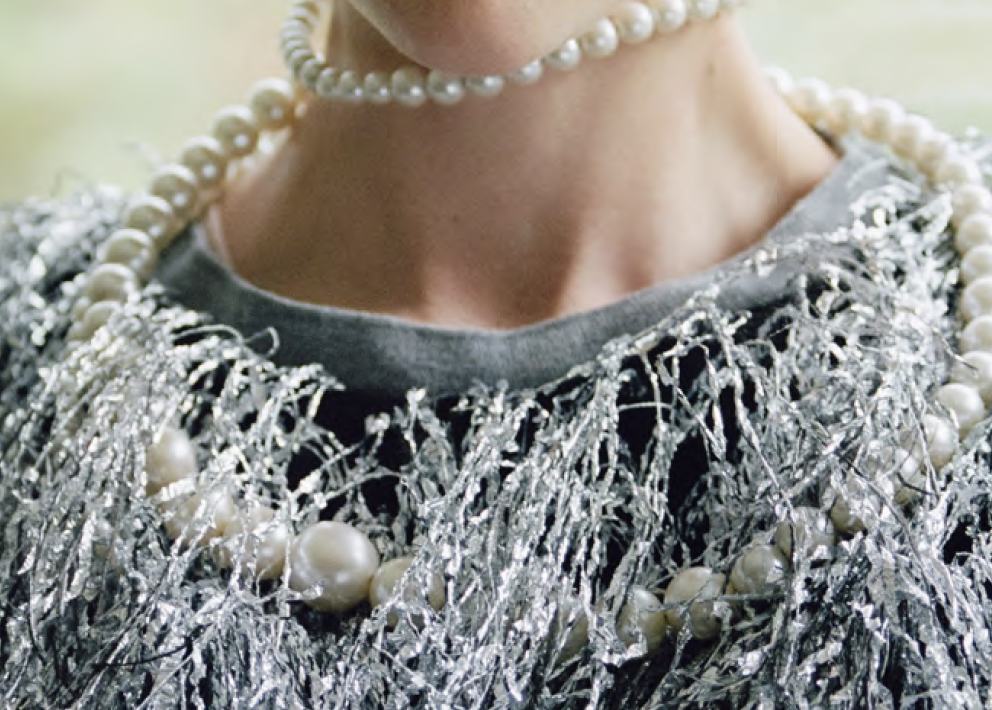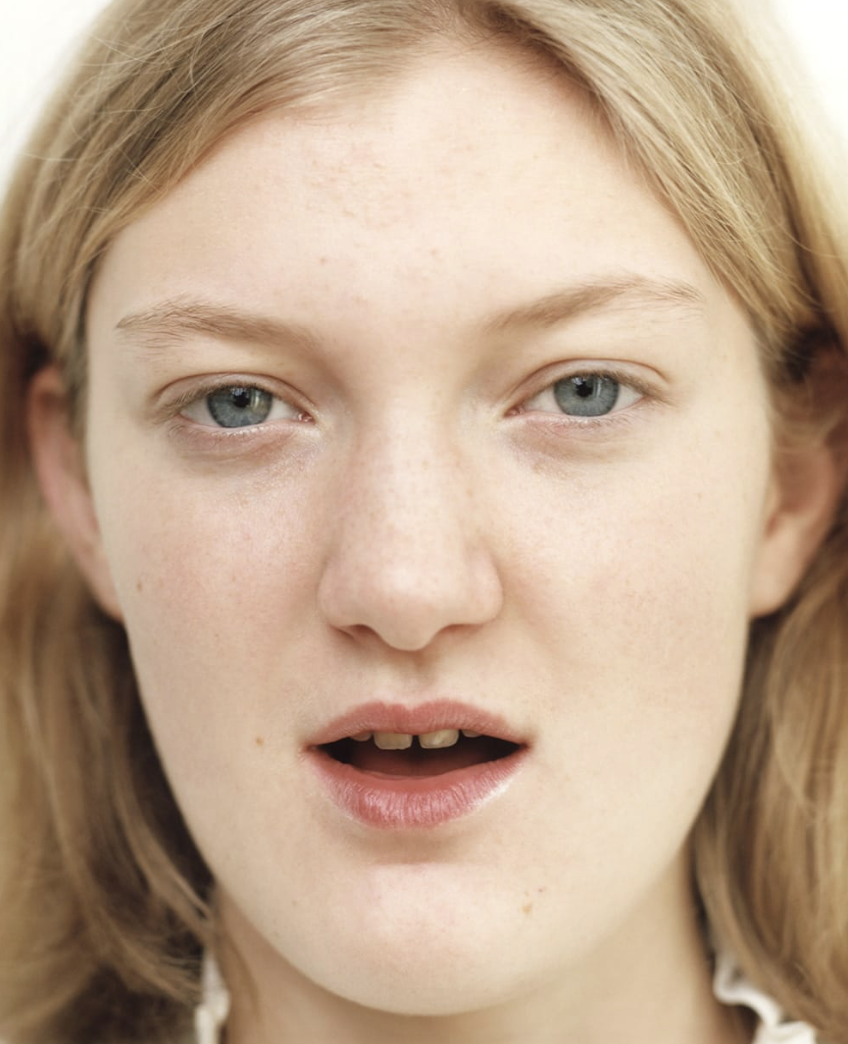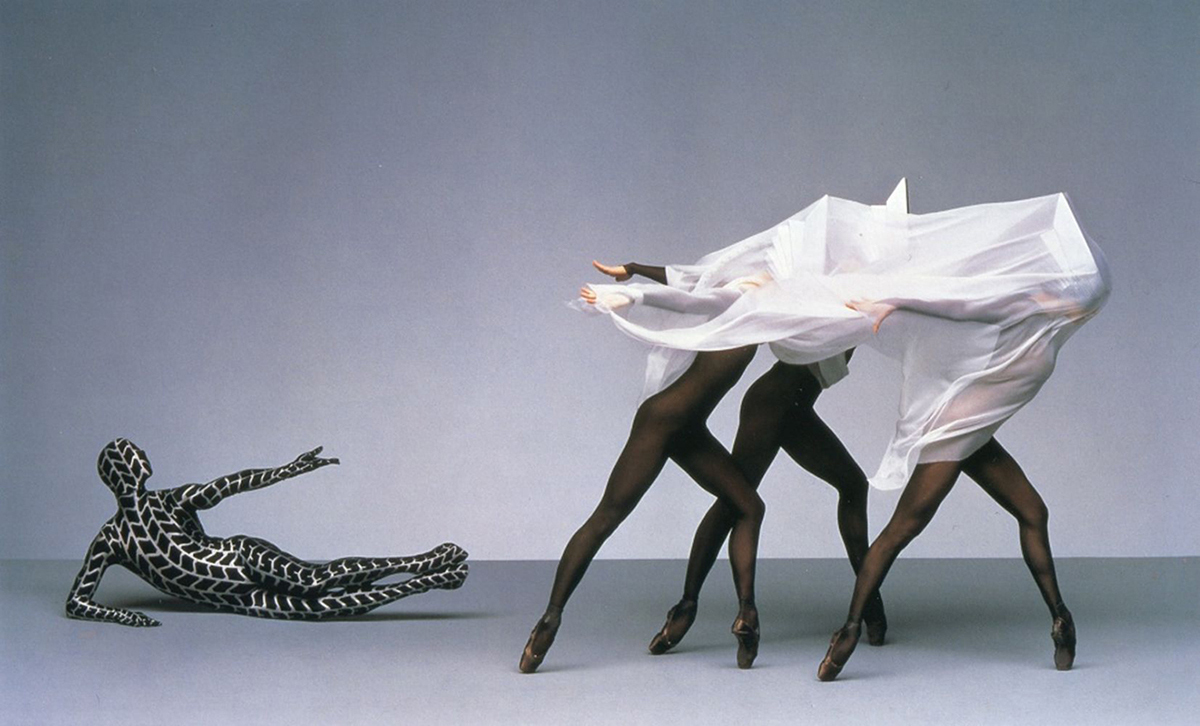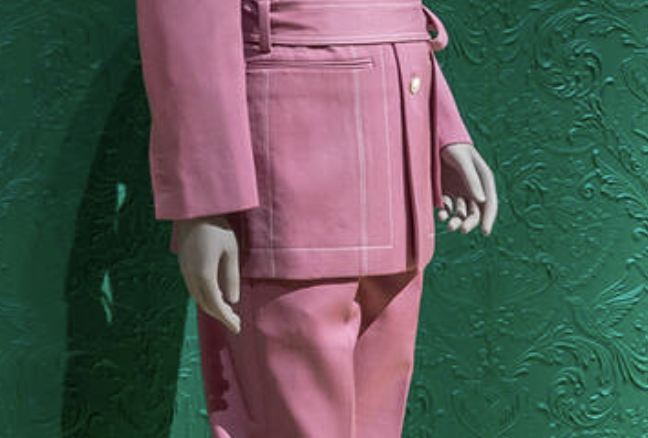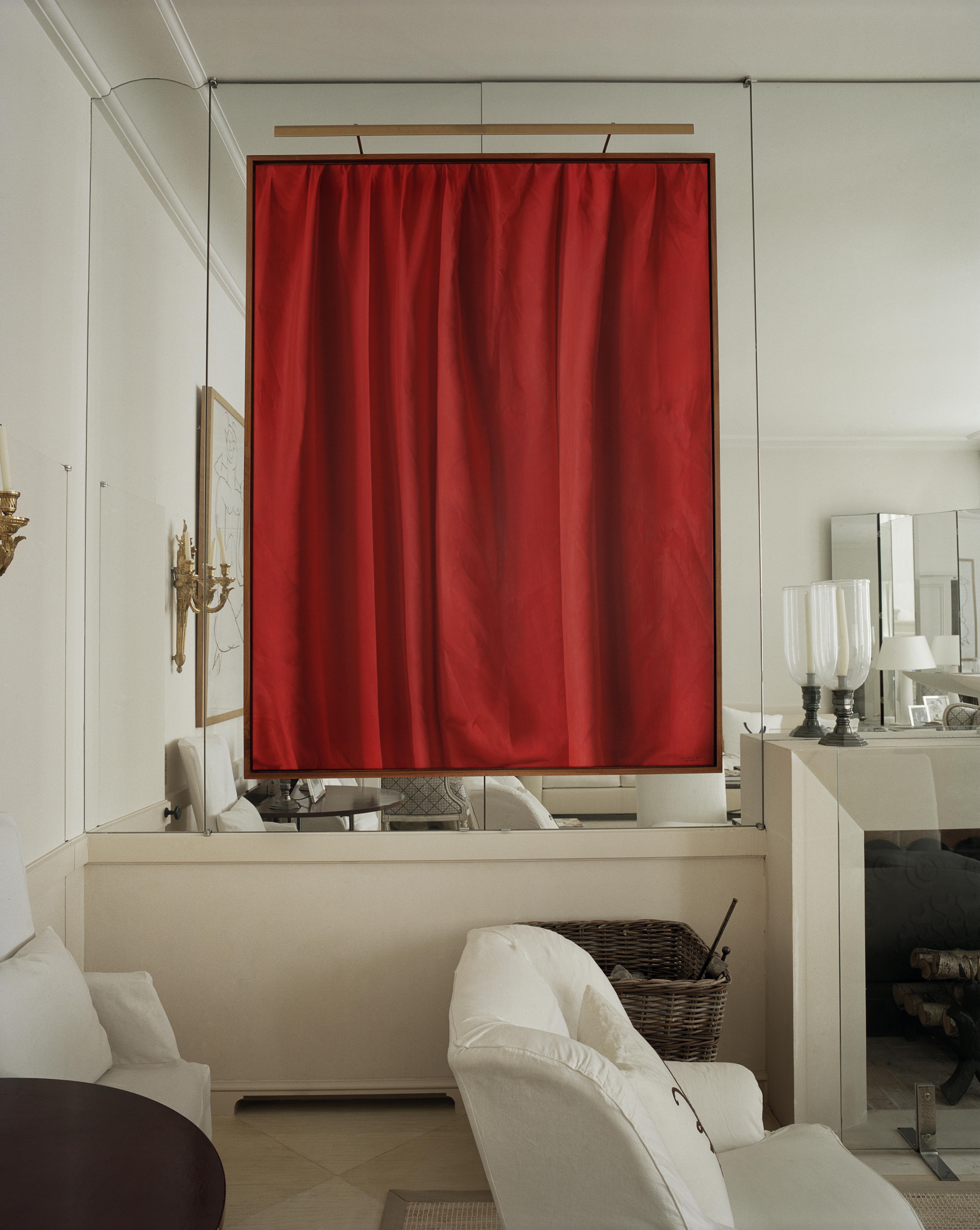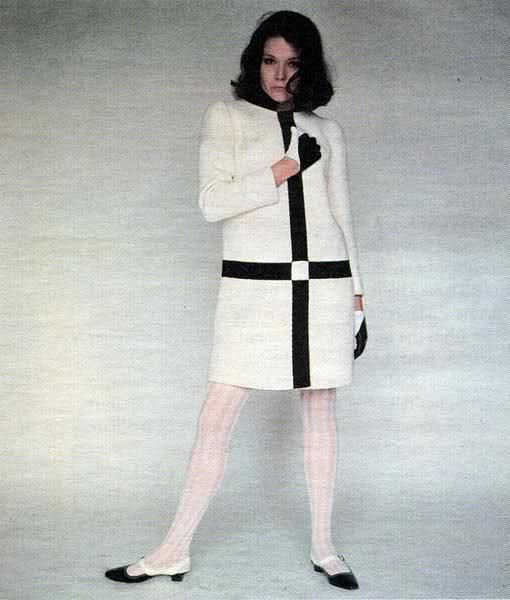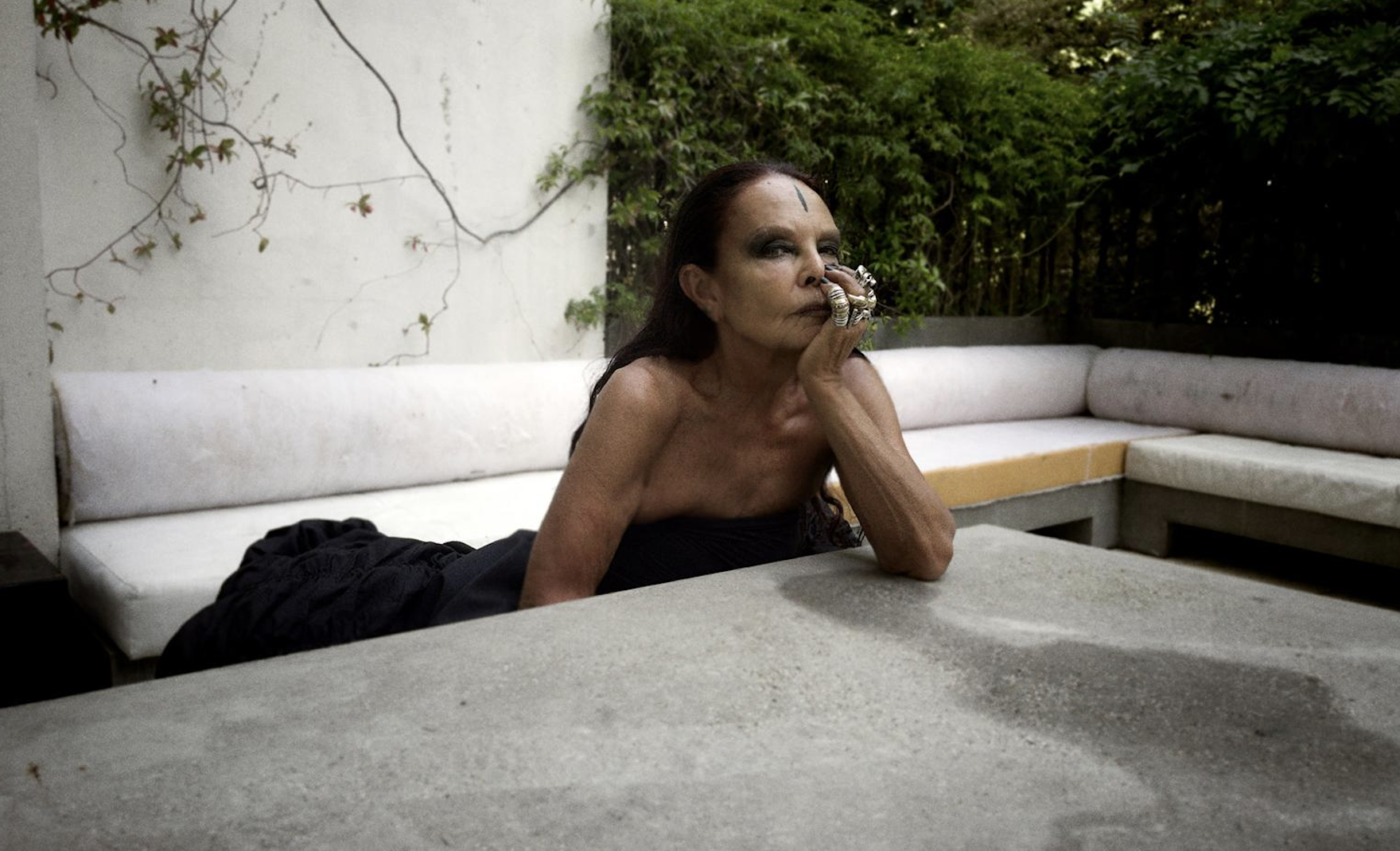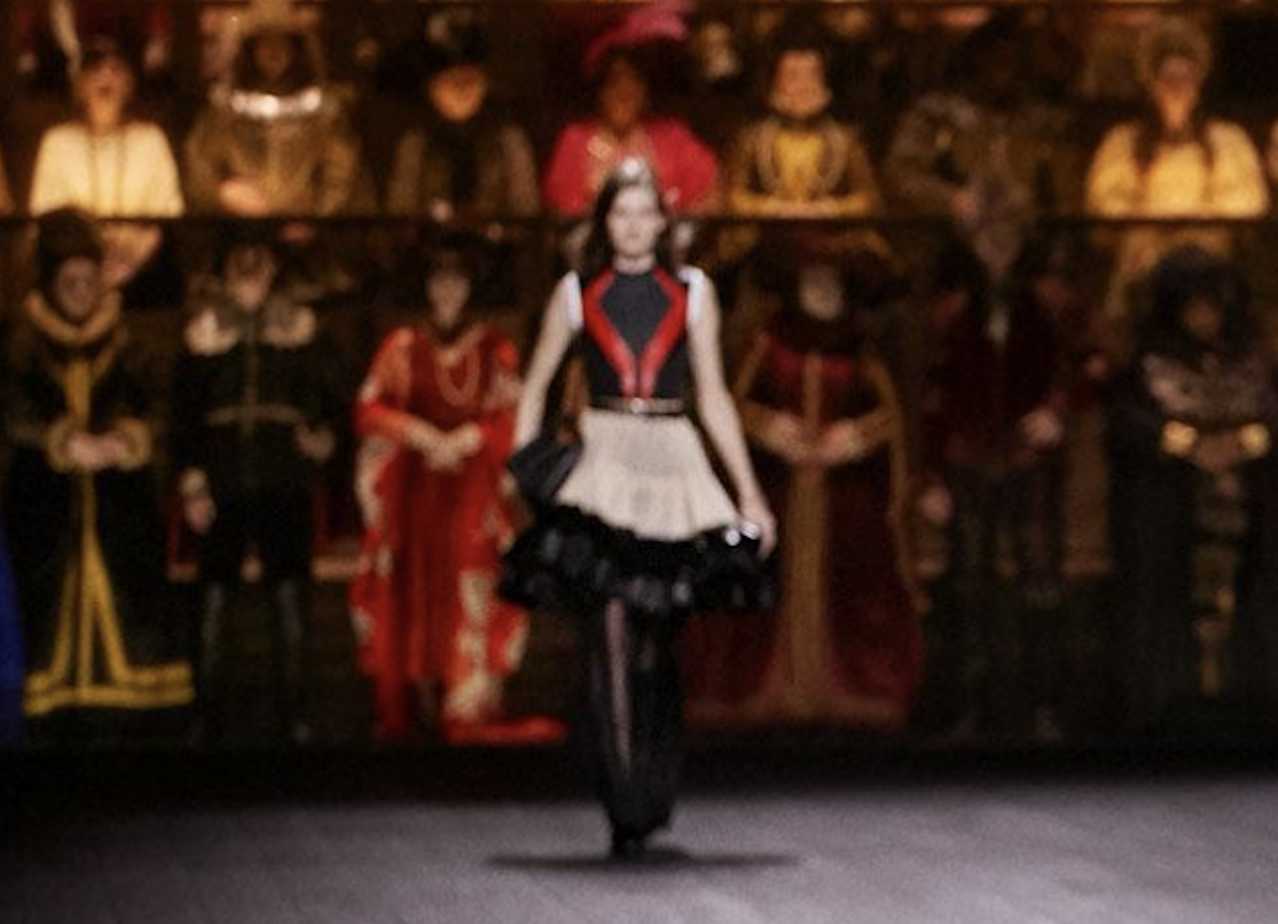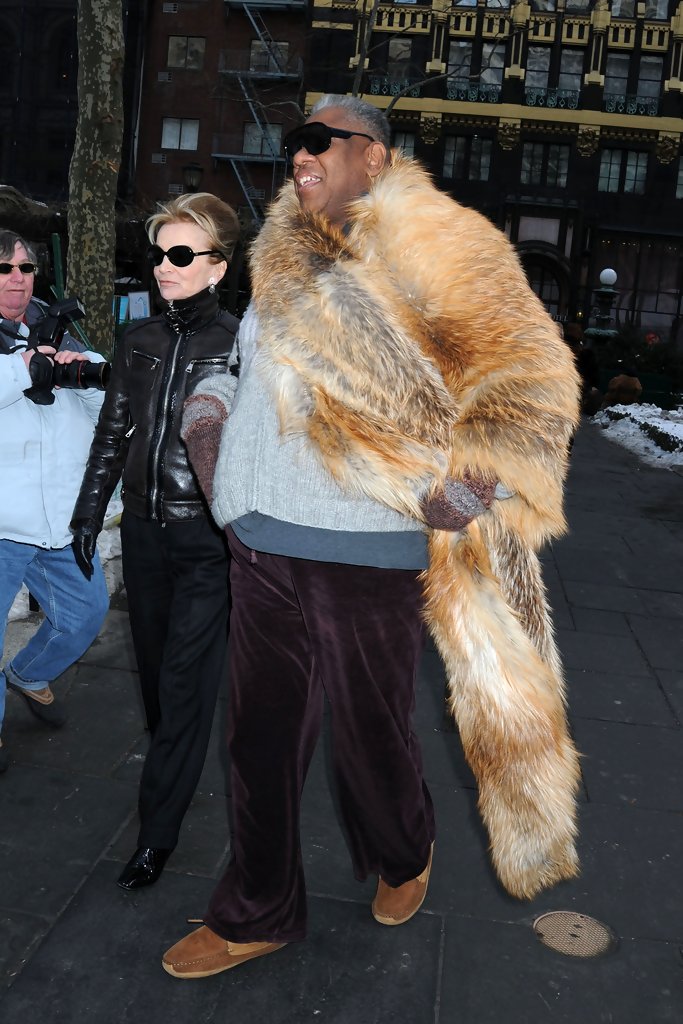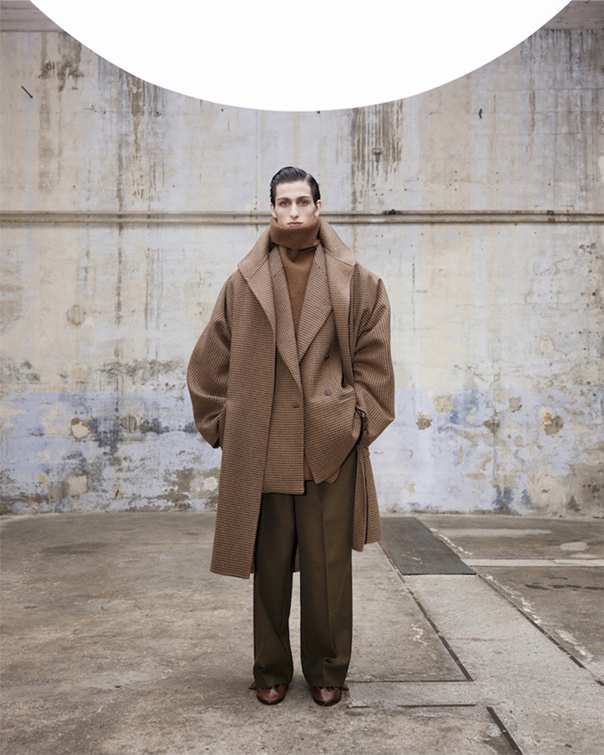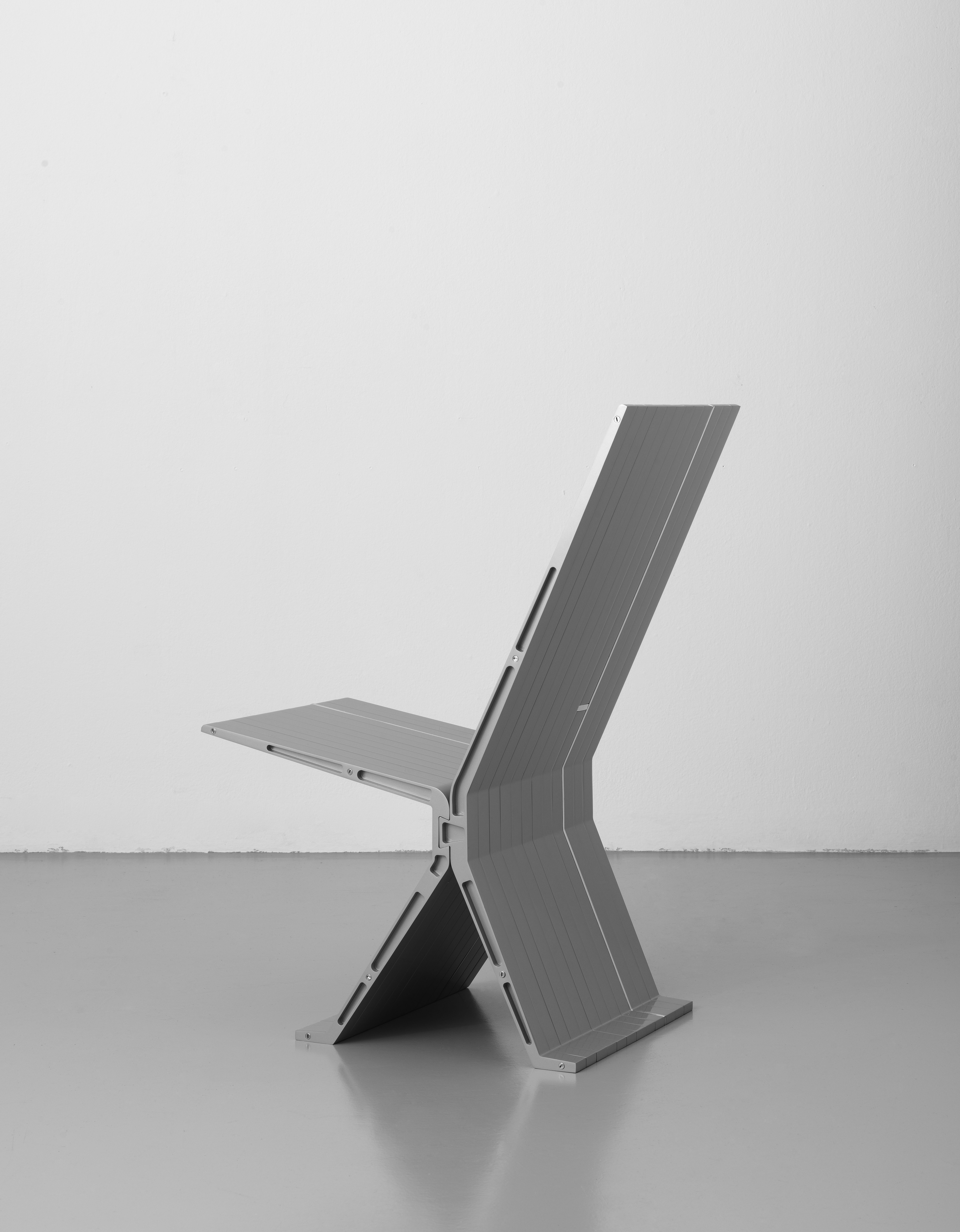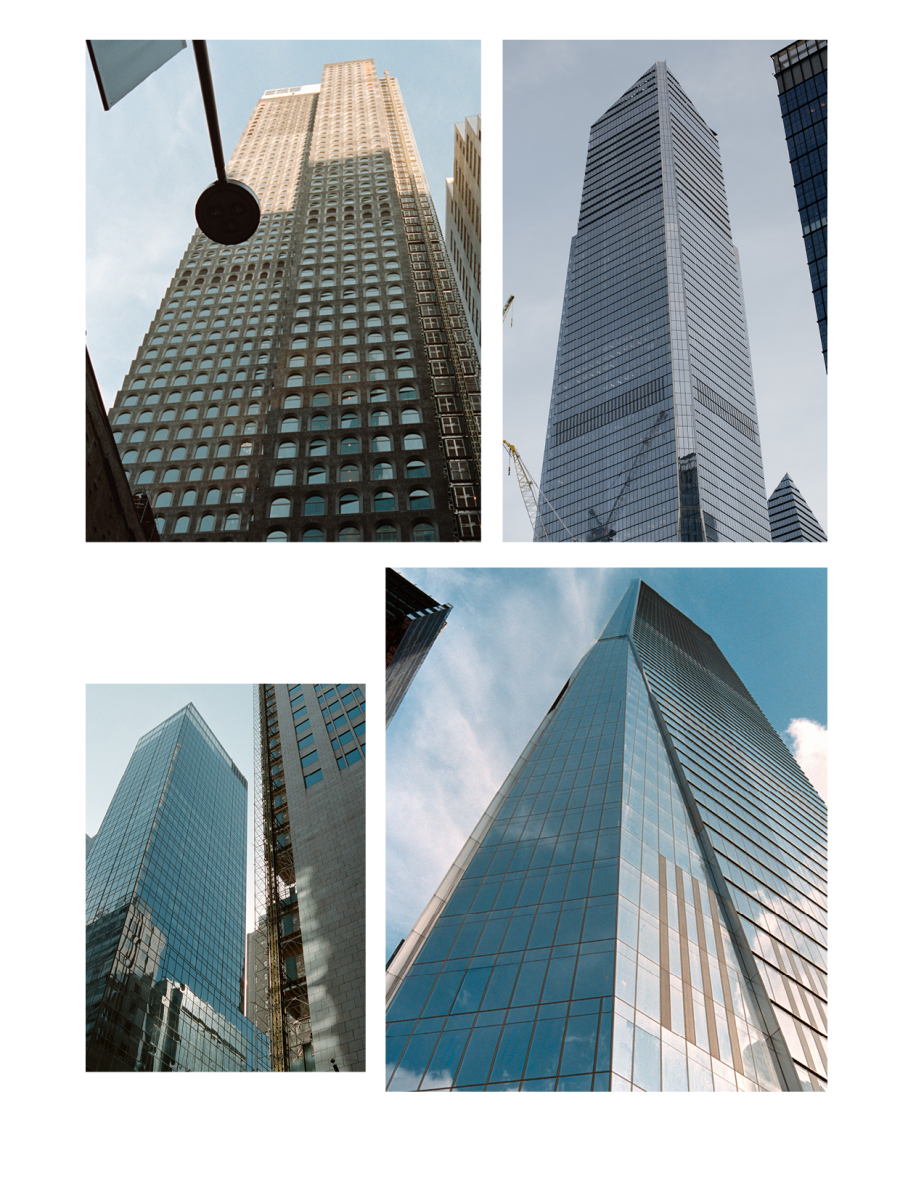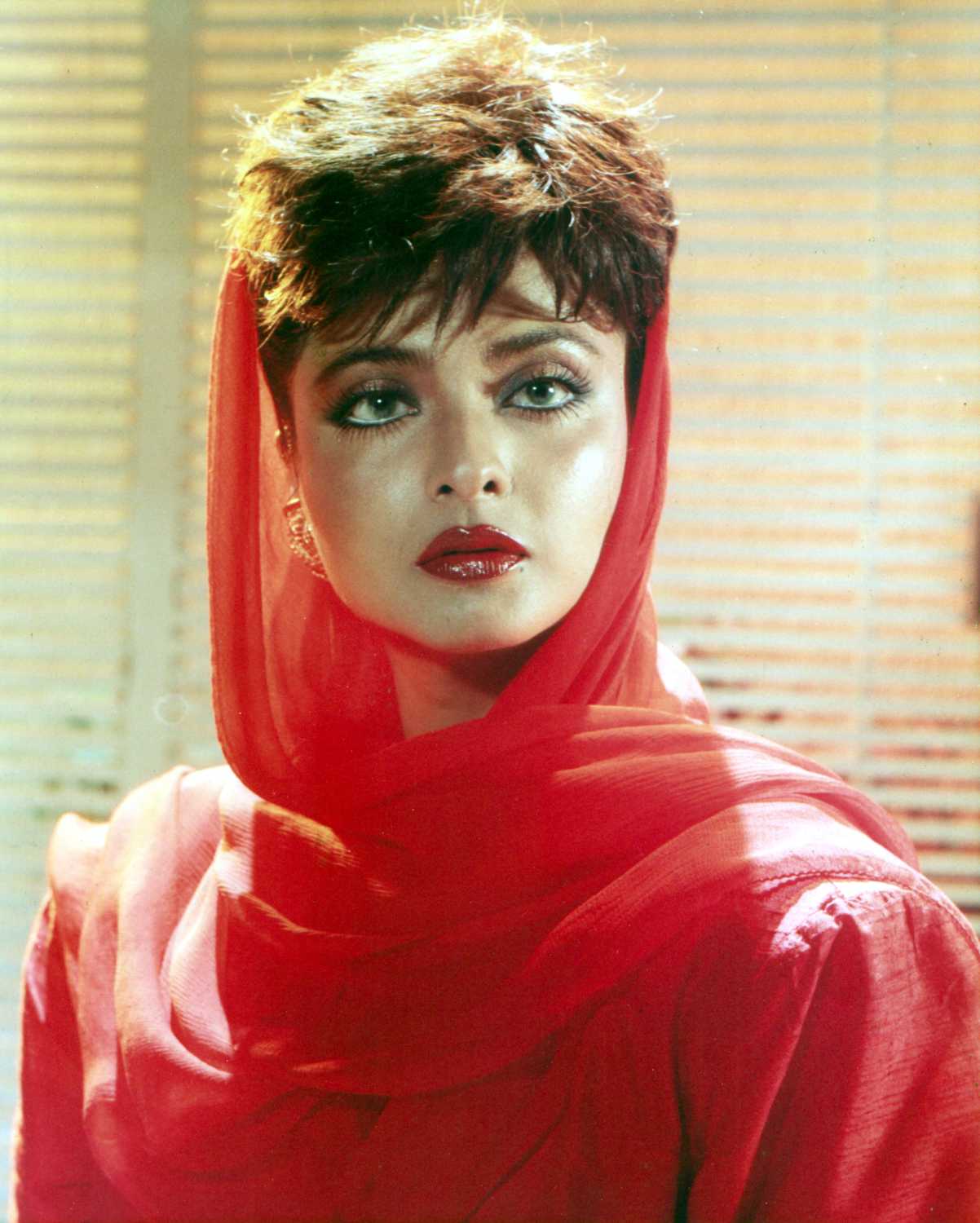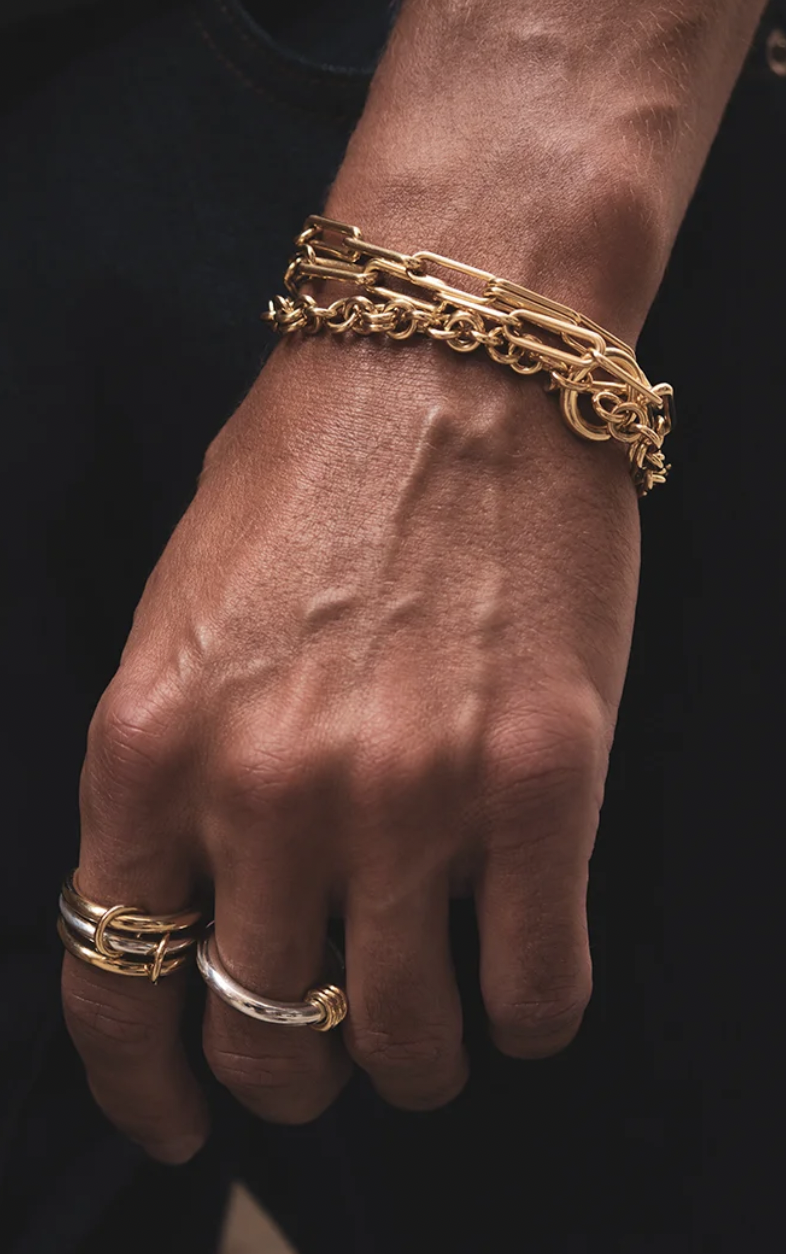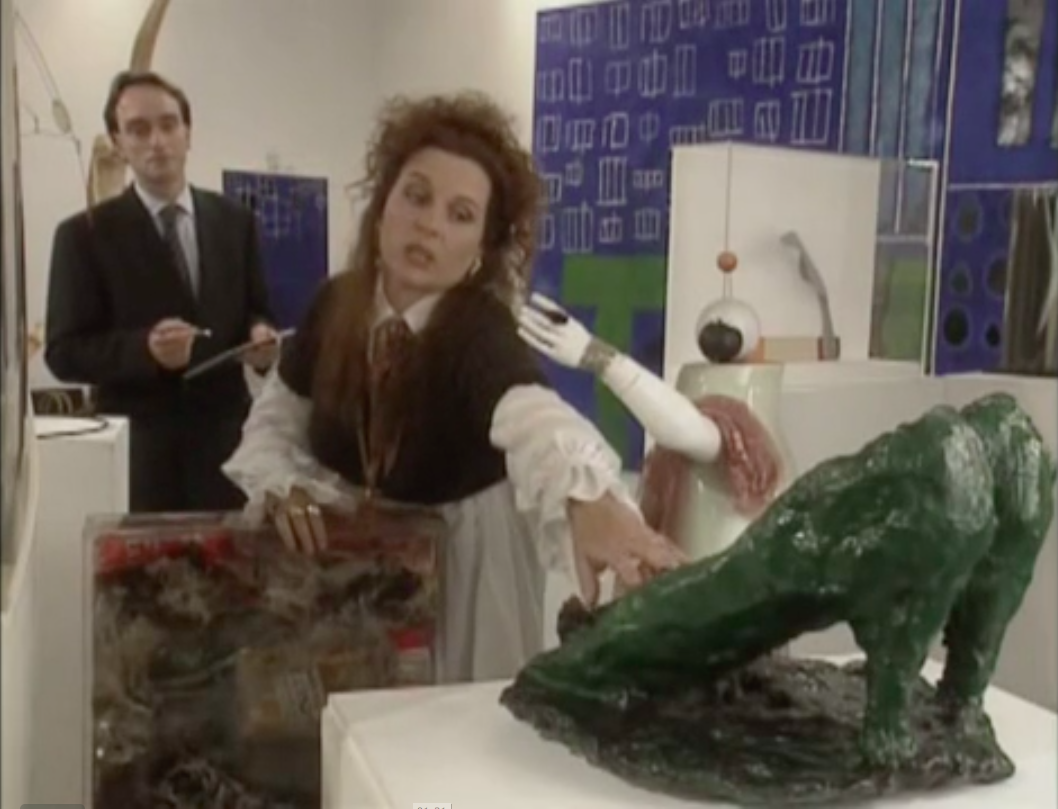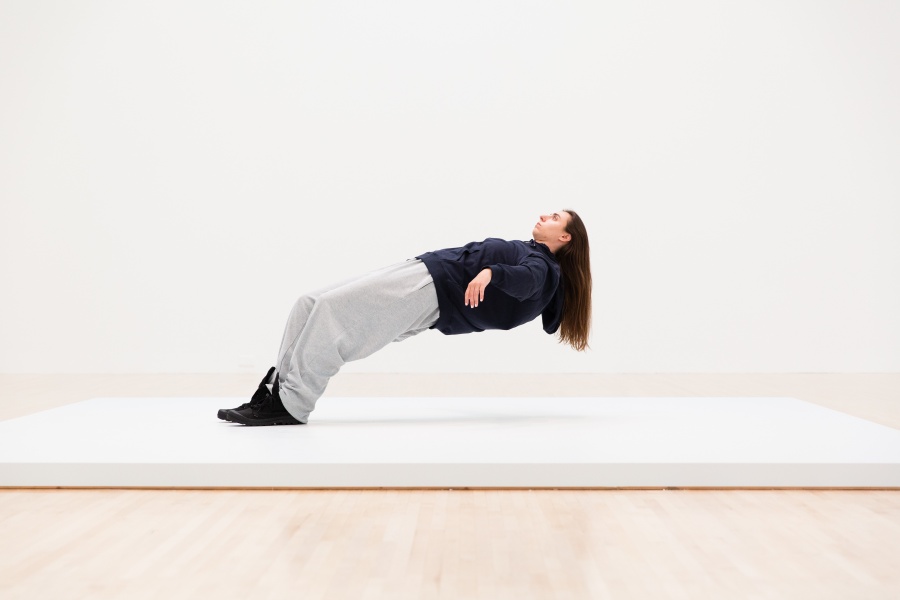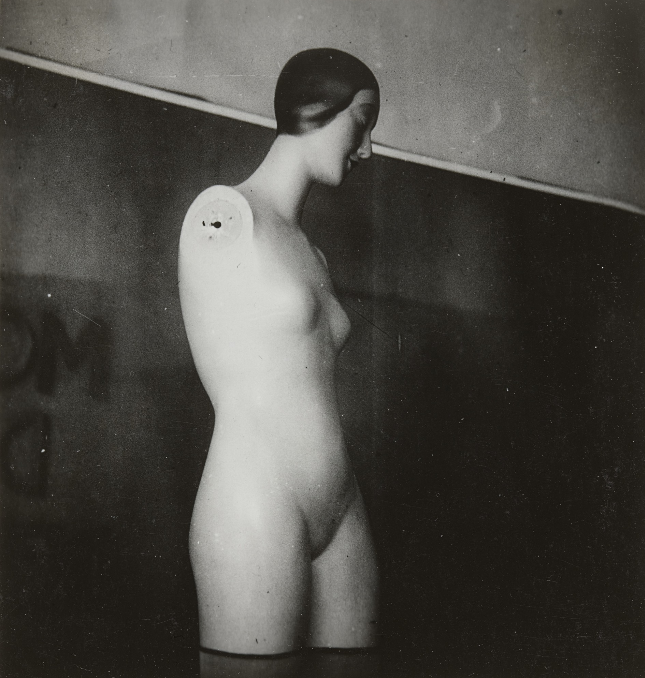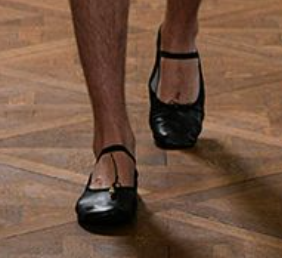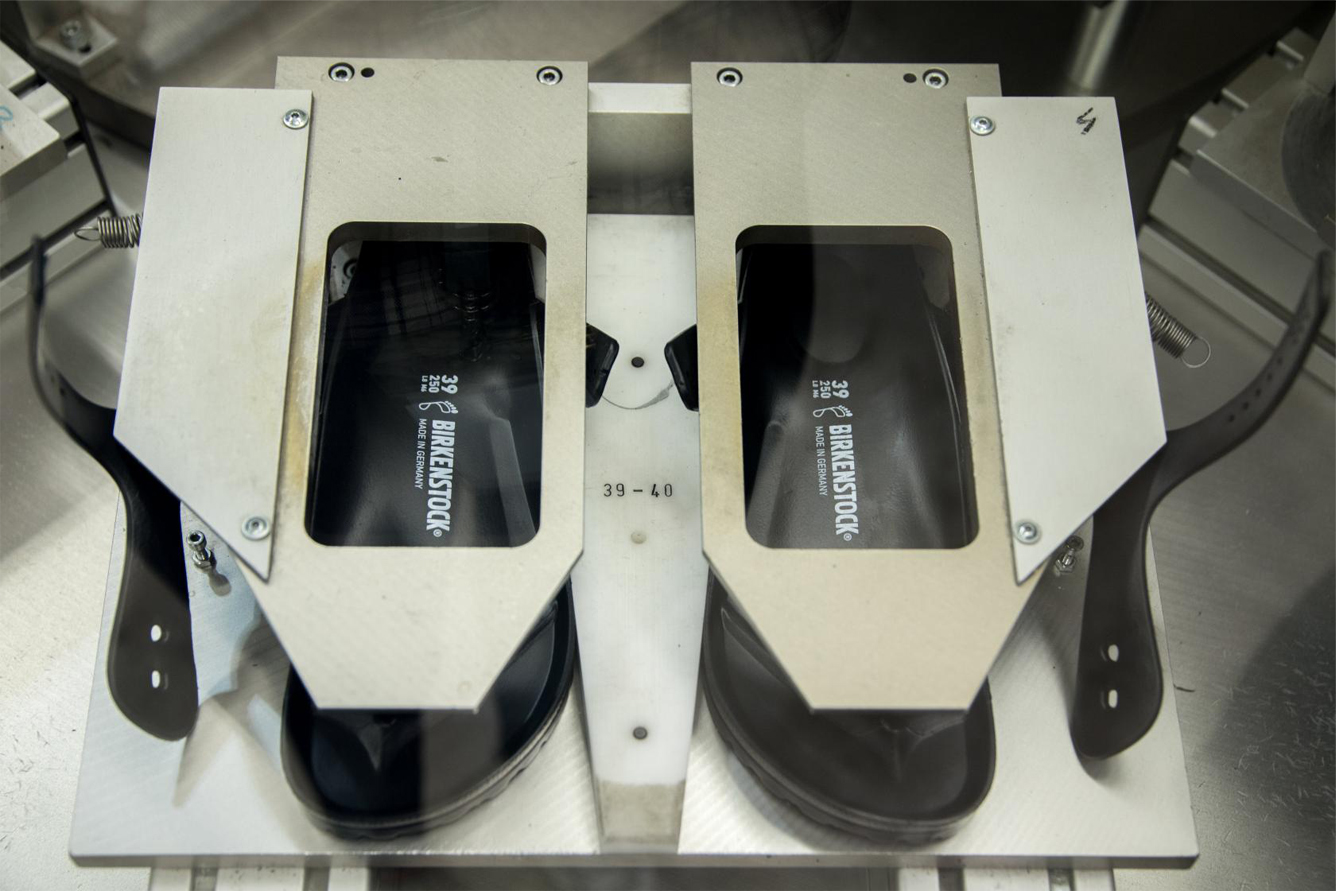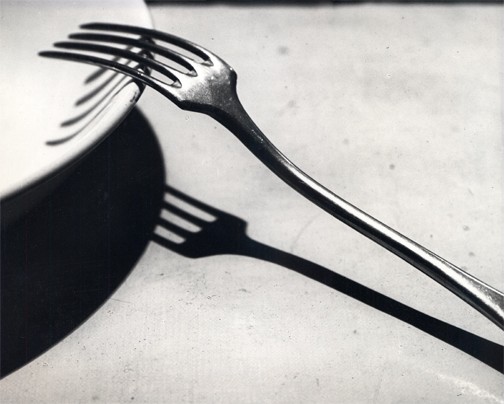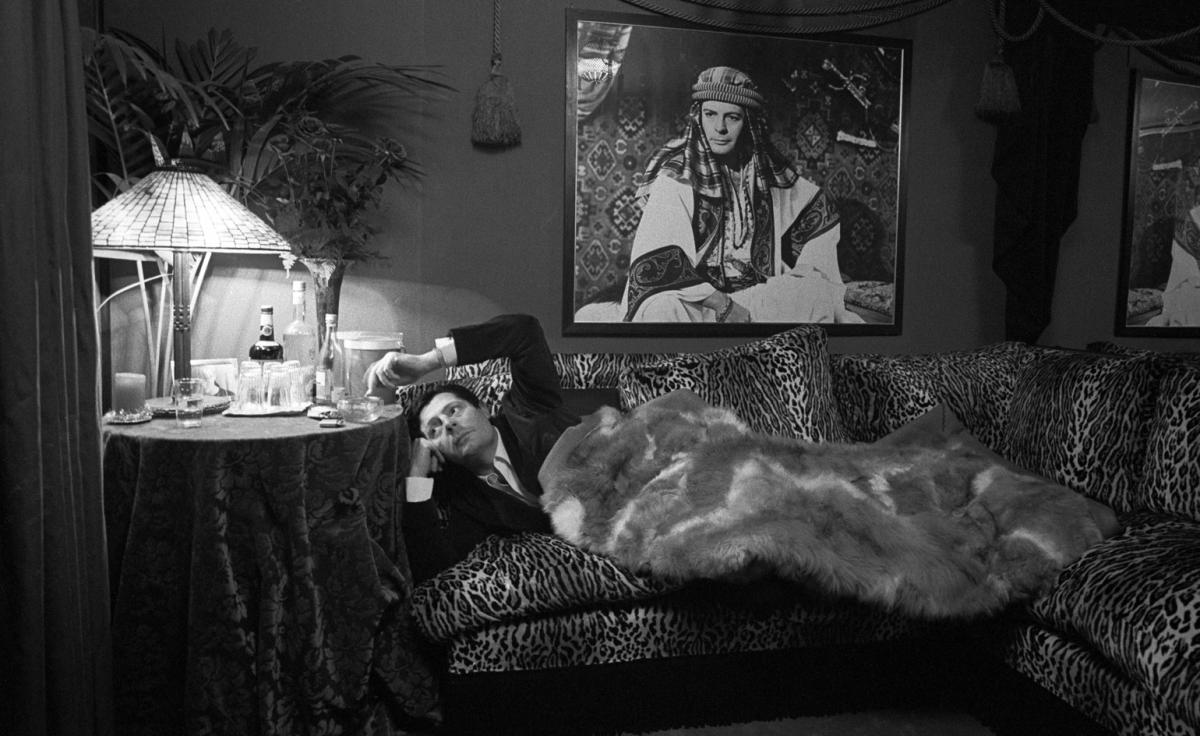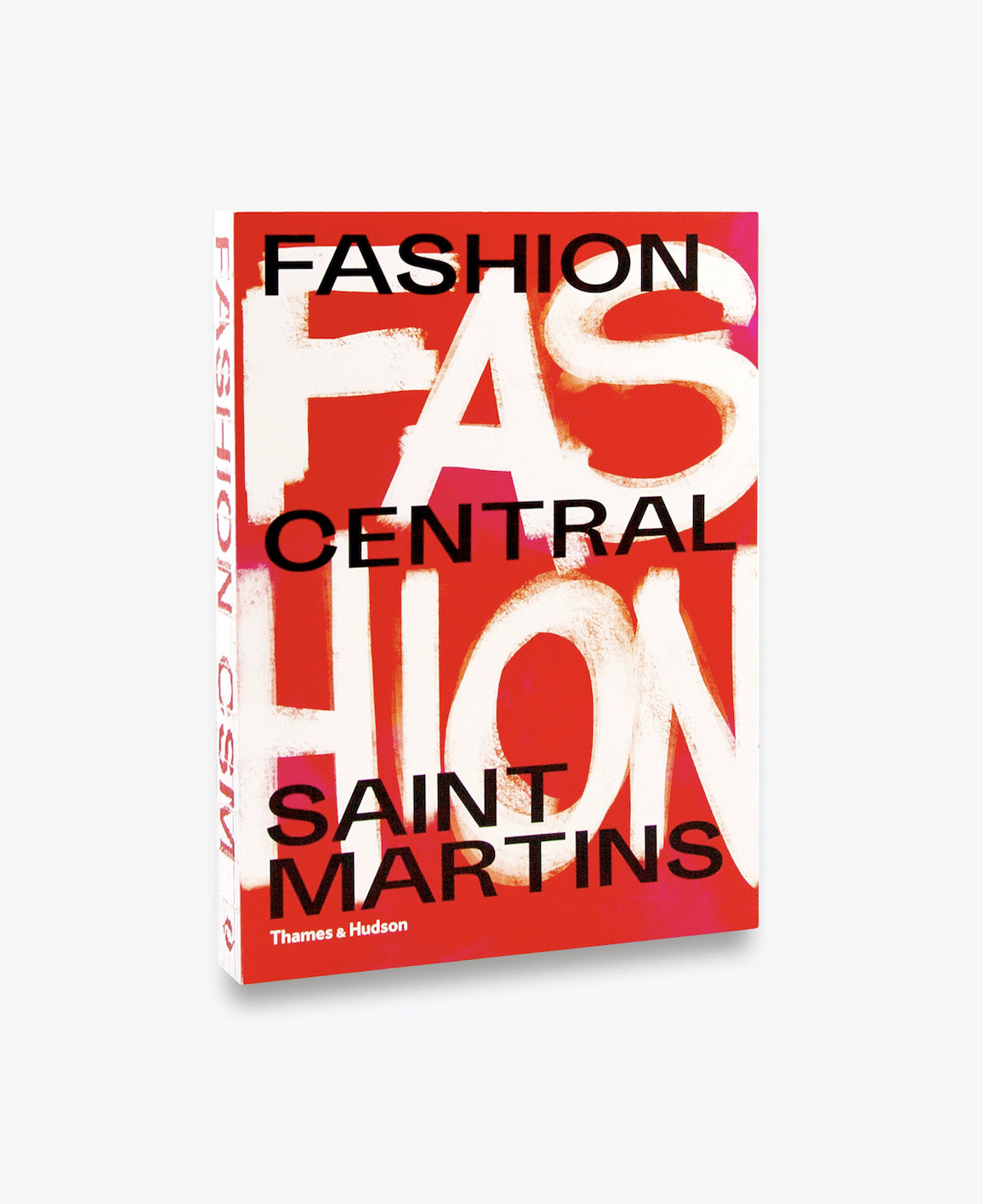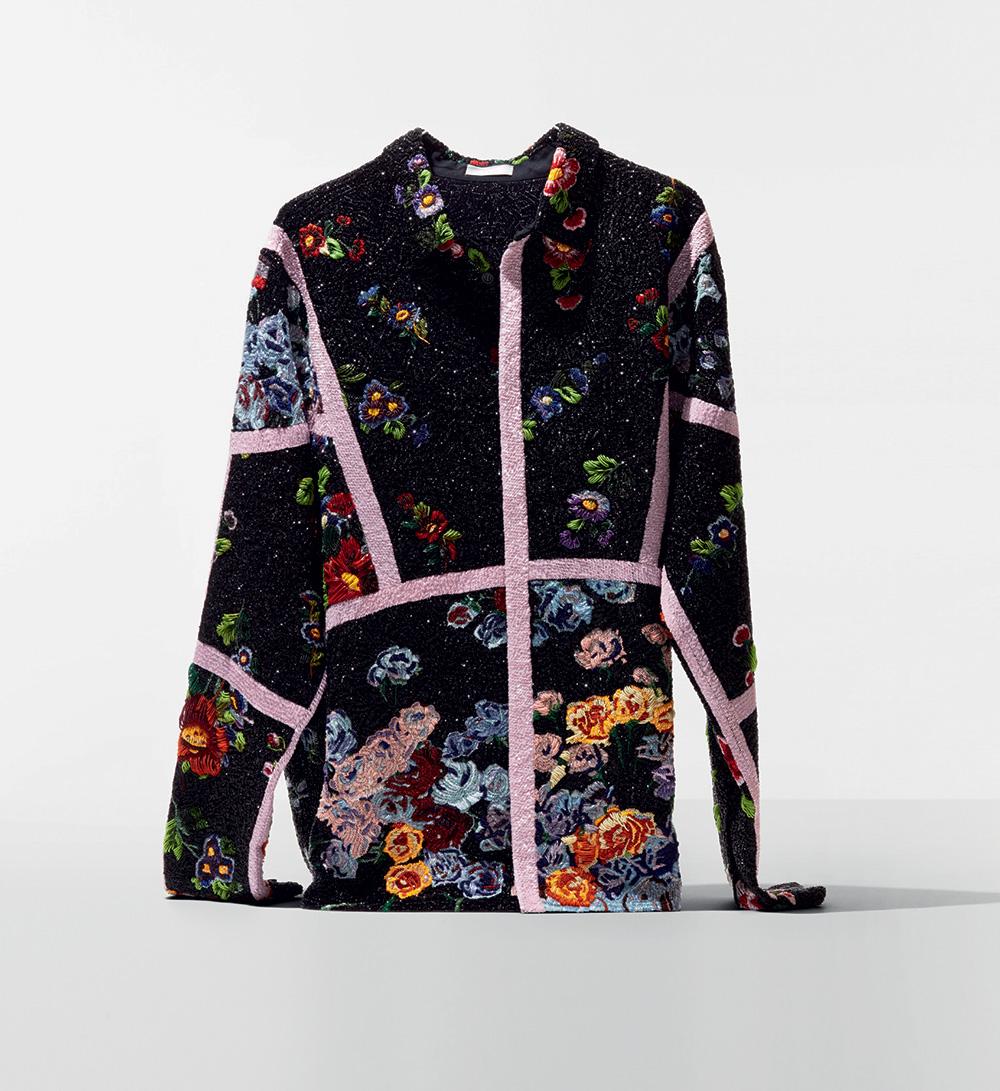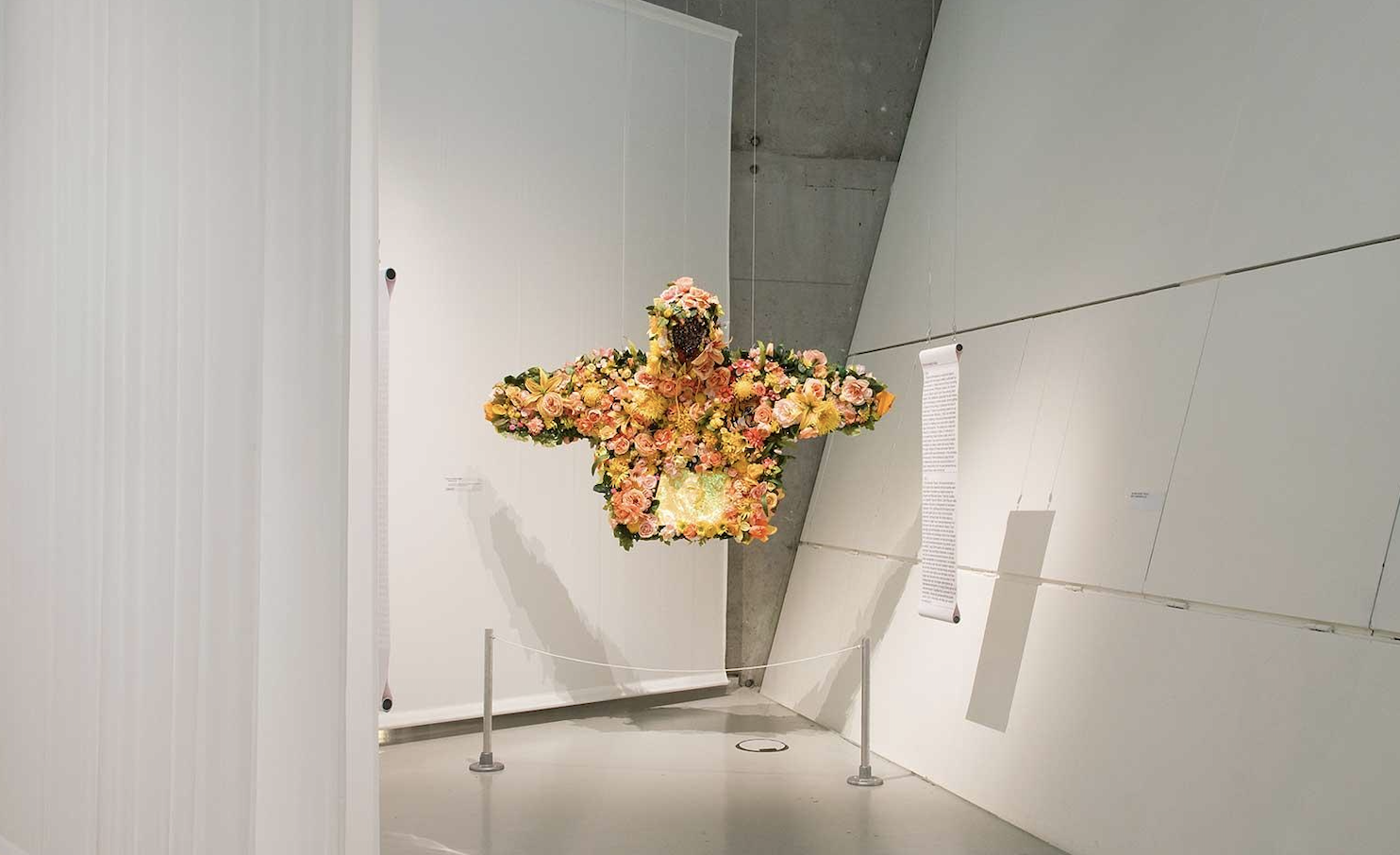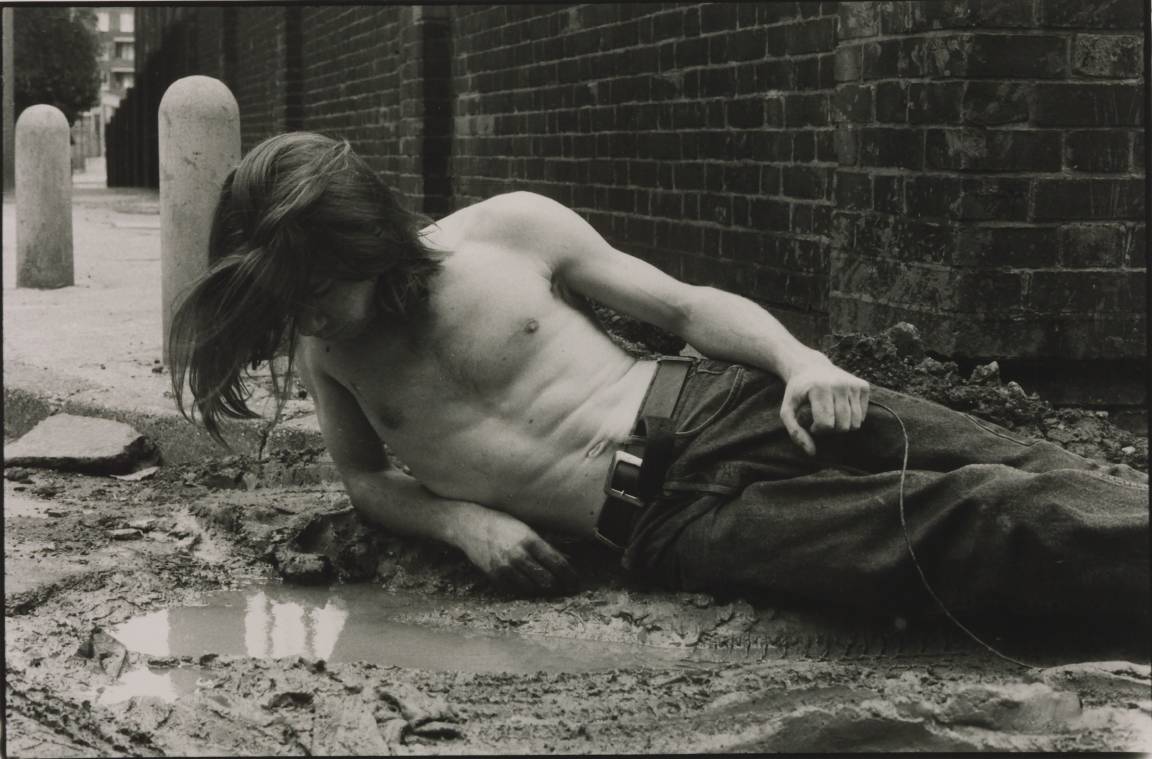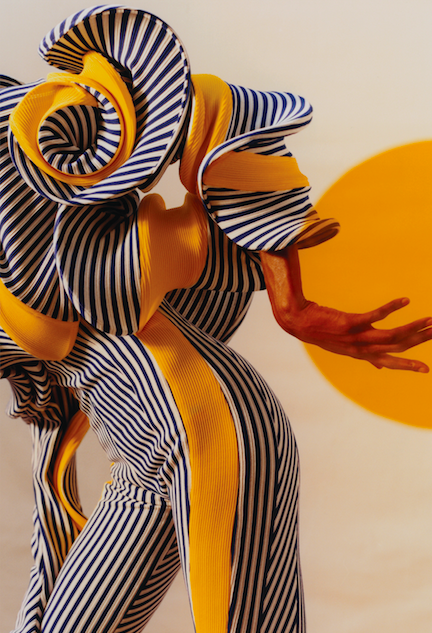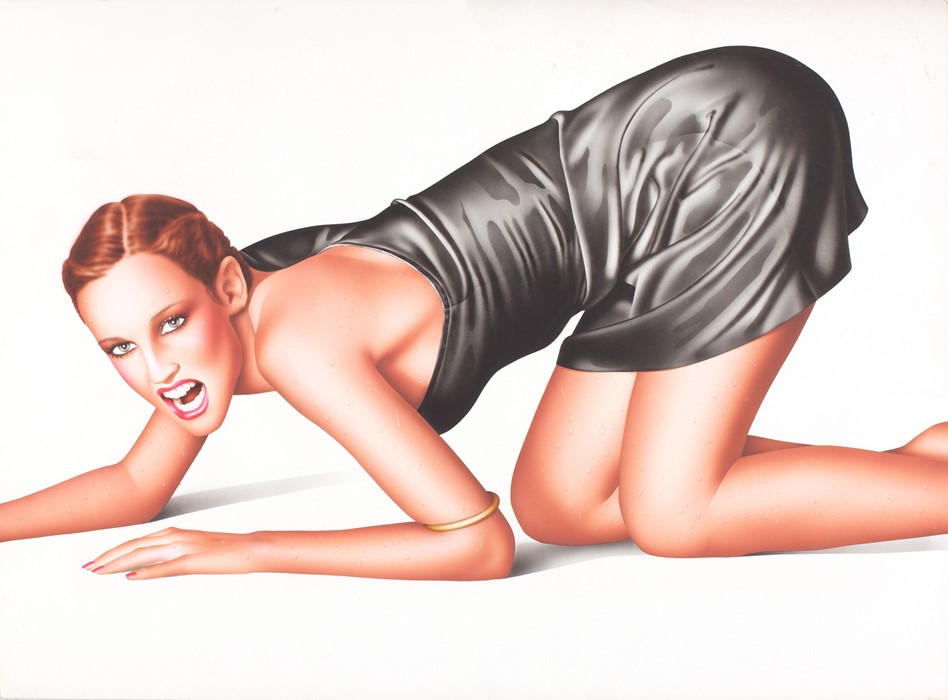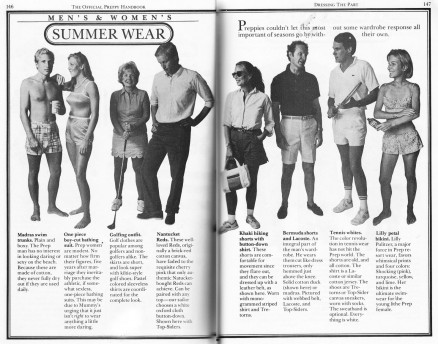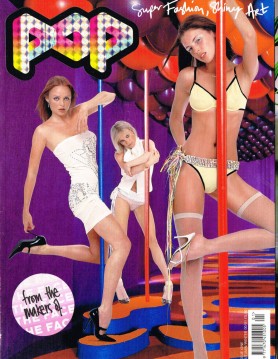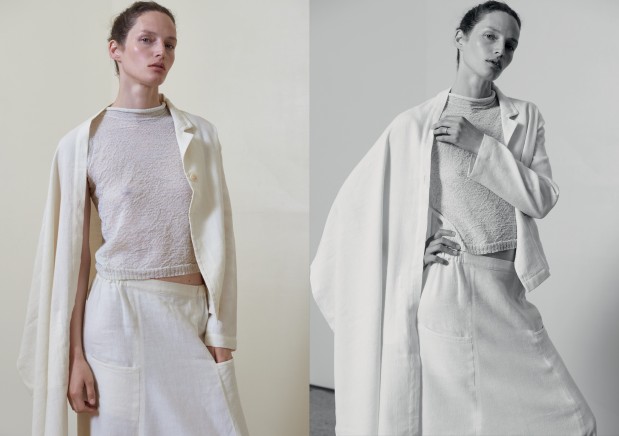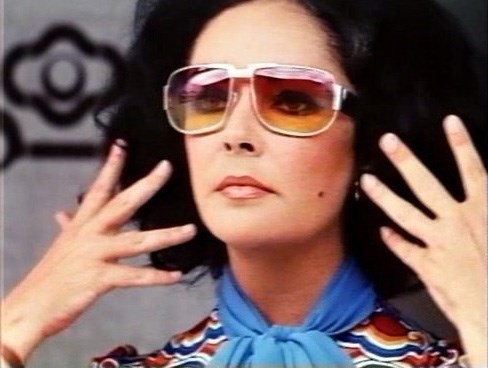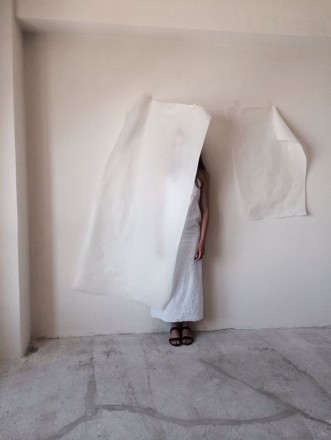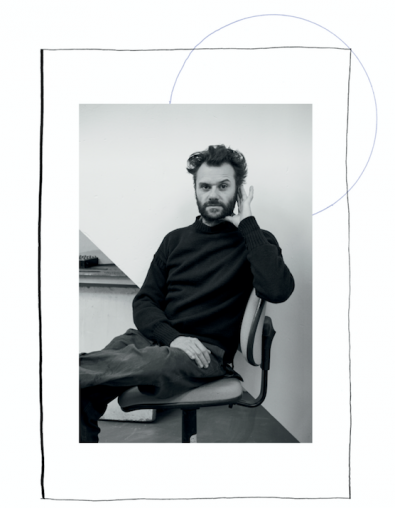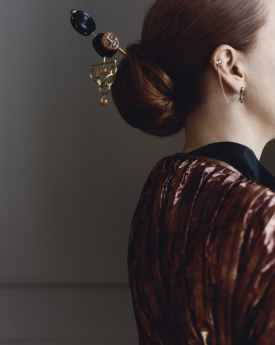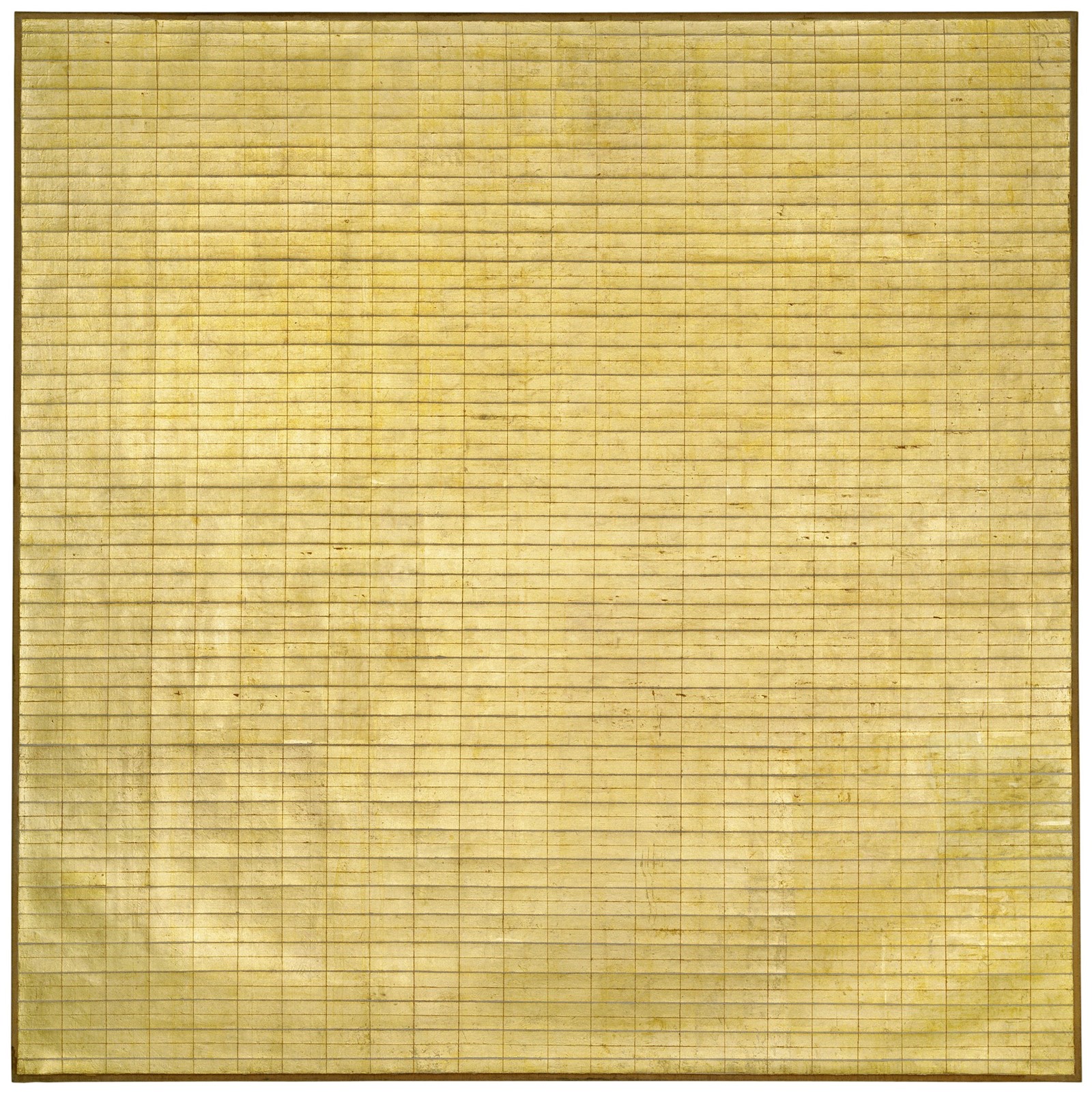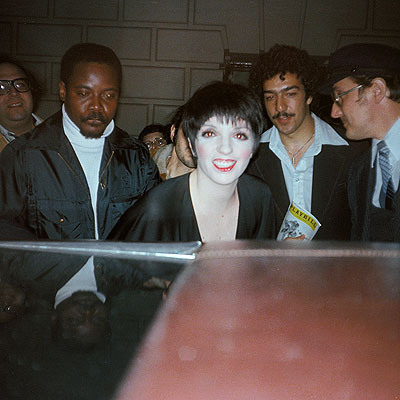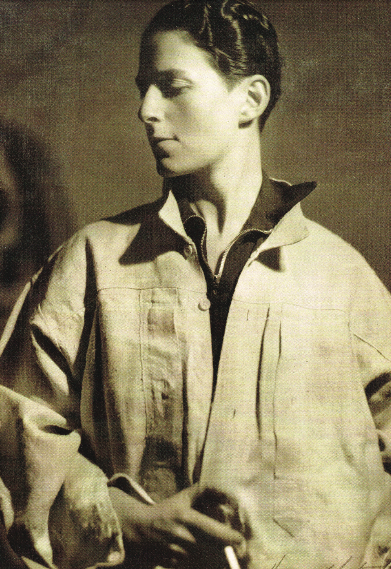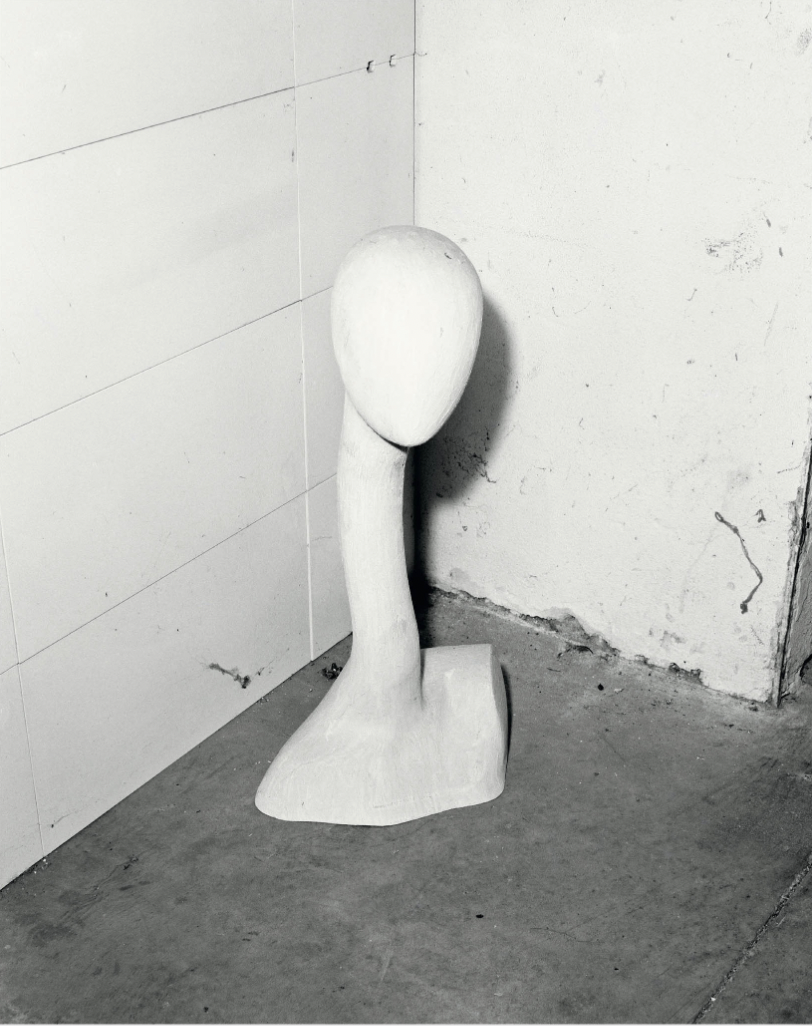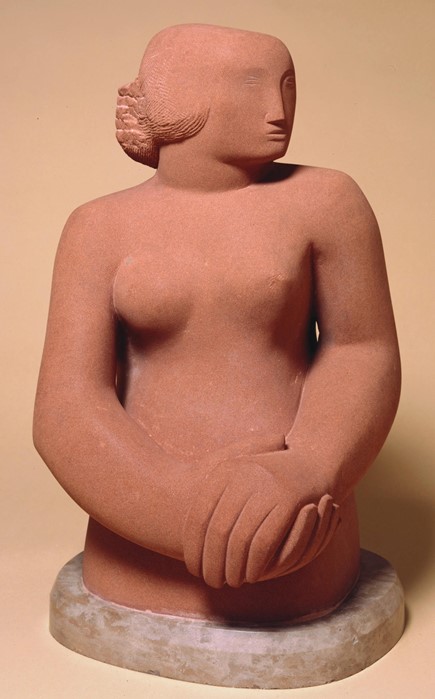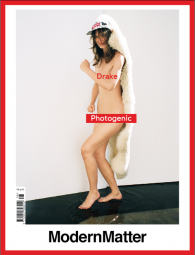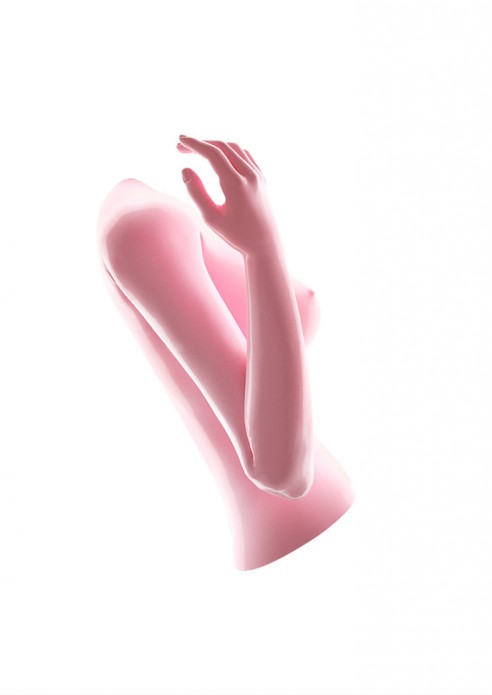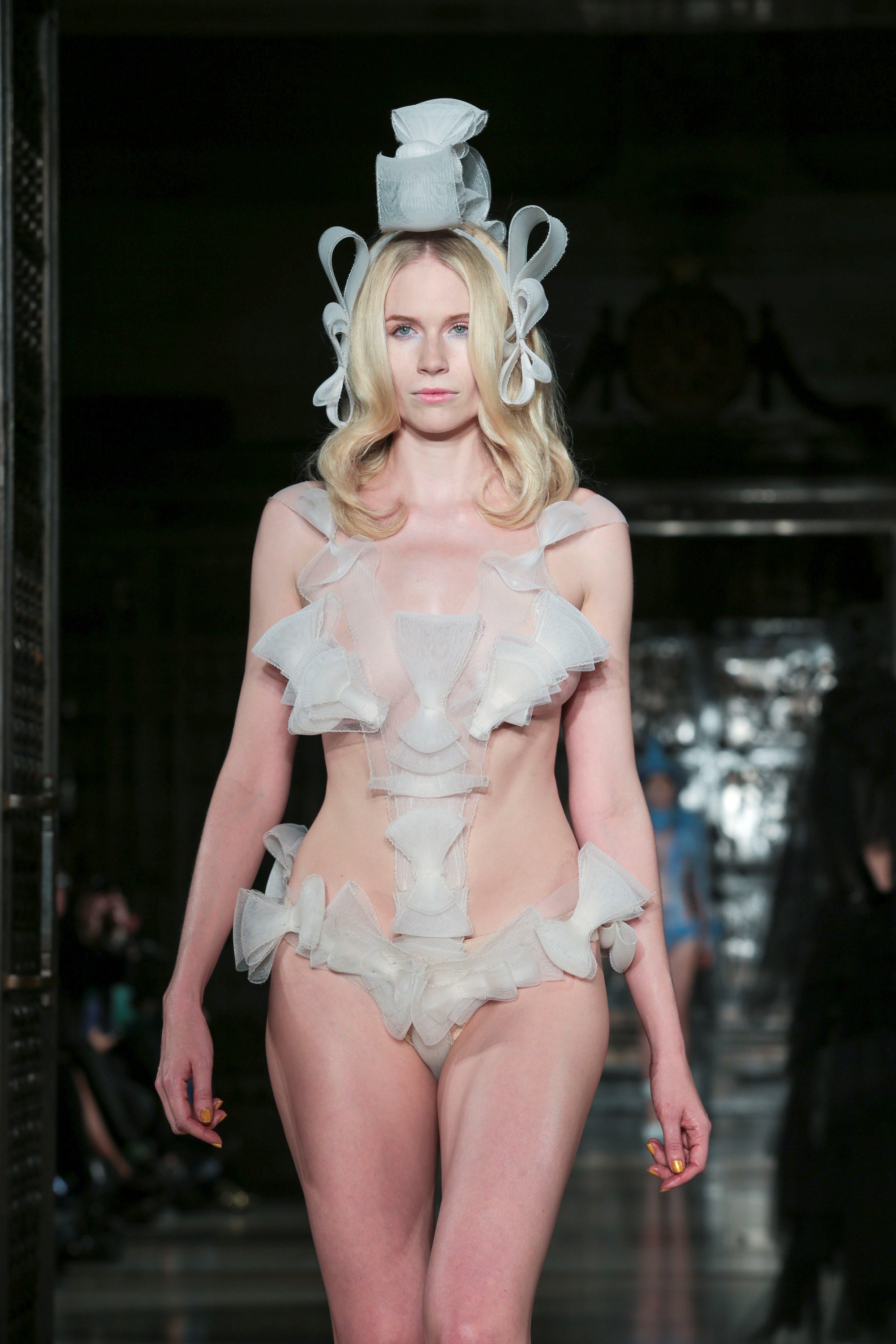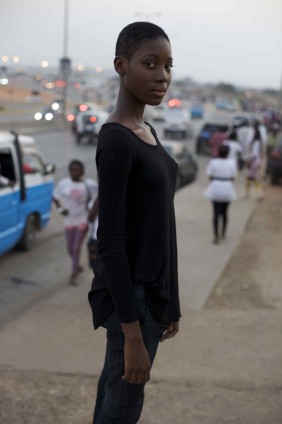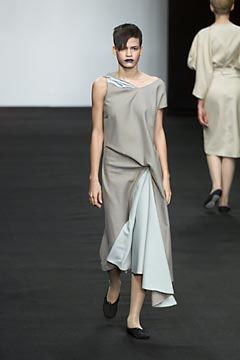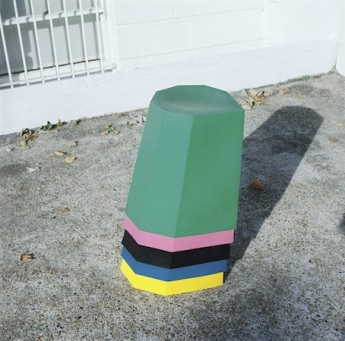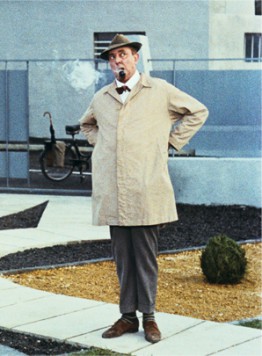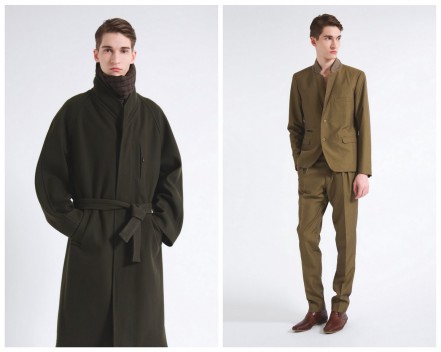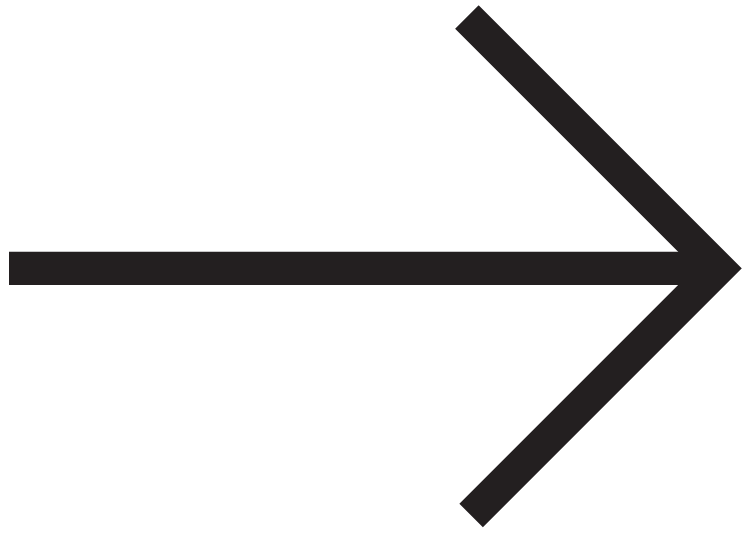The prejudices and politics behind the hoodie

A hooded cotton jersey zip-up top is the ubiquitous star of modern day parables of social inequality, youth culture, racism, privacy, fear and style. It is also part of a dance craze on TikTok where people playfully poke their legs through its sleeves.
A new exhibition curated by Lou Stoppard at the Het Nieuwe Instituut in Rotterdam – open until 12 April – unpicks these ambiguities.
‘The hoodie sparks a range of emotions, communicating all manner of social and cultural ideas and nuances depending on the gender, geography, age, conduct and ethnicity of the wearer and, in turn, the prejudices and politics of the viewer,’ she writes. To many the hoodie simply offers protection from the cold, to others its complexities are grave.
![Photography by Petravander Ree]()
![Photography by Petravander Ree]()
In 2015, interested in the lack of scholarship around sportswear and sports clothing, Stoppard commissioned a series for SHOWstudio called SPORTSWEAR, which has inspired much of her approach to the show. ‘We made the series during this moment in fashion where the use of sports/street/casual-wear became really apparent yet it felt like people didn’t have the language to talk about it,’ she says. Experienced fashion journalists sniffily noted the arrival of streetwear as an affront to the sanctity of luxury. ‘I remember interviewing Nasir Mazhar and he was constantly annoyed with the terminology people would use around his work. It felt like people were really dismissive of sportswear garments despite their detailed cuts or fabric treatments; if it was in the shape of a tracksuit or a hoodie, it was written off as just that.’
The hoodie is ripe for re-evaluation in our politically agitated age. Stoppard recounts its emergence as a symbol of controversy and, as a result, has made sure to include a lot of news footage in the show: ‘There was a whole period around 2006 in the UK press when the Conservative government launched the “hug a hoodie” campaign that was hooked around ideas of social injustice, violence and youth crime. Remember the images of the London riots? Every newspaper would pick a shot of someone in a hoodie or a tracksuit to run on the front page,’ she says. ‘There are a lot of issues around race, particularly in America with cases like Trayvon Martin, where the hoodie is then reclaimed as a symbol of protest. And if you look at racist policies like stop and search in the UK and who they are targeted at, a lot of this comes down to perceptions on dress.’ The hoodie is tied to culture and subculture too. ‘Think of hip hop and its dominant influence on fashion! There were just lots of different threads that you could pull into an exhibition.’
The mixed-media show includes printed matter, photography and historical dress alongside works by artists such as David Hammons, Sasha Huber, Lucy Orta and Thorsten Brinkmann. The specially commissioned series of films by Bogomir Doringer based around his Faceless project also feature, exploring the preponderance of masked faces in the arts as well as questions around privacy and CCTV. Artist Angelica Falkeling has made an installation that looks at cotton production and the vast amount of hoodies that are manufactured year upon year.


‘I think there is a perception, a stereotype, that the hoodie is worn to appear strong or aggressive whereas if you speak to people who wear them, as we have for the show, it is quite the opposite,’ Stoppard says. ‘So many use it to shut off from the rest of the world by creating their own little private space.’
